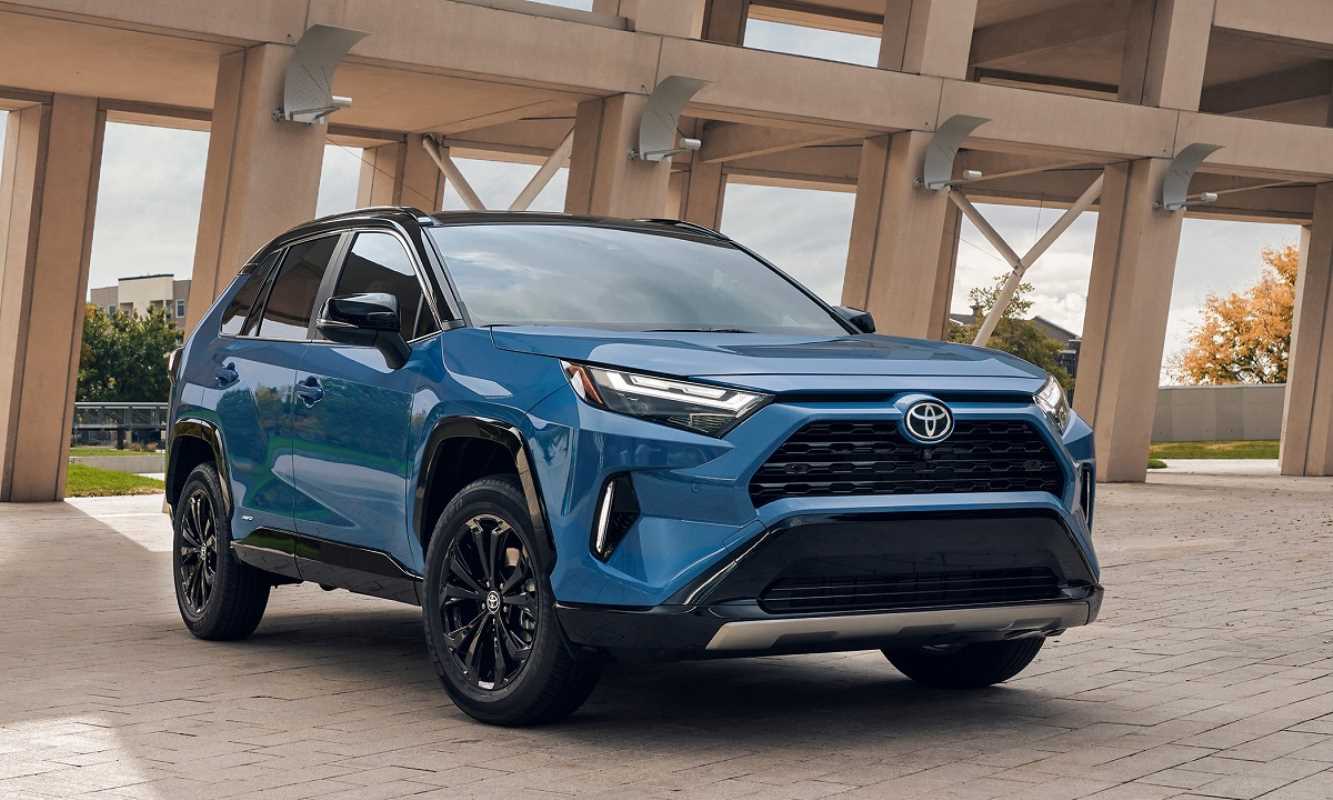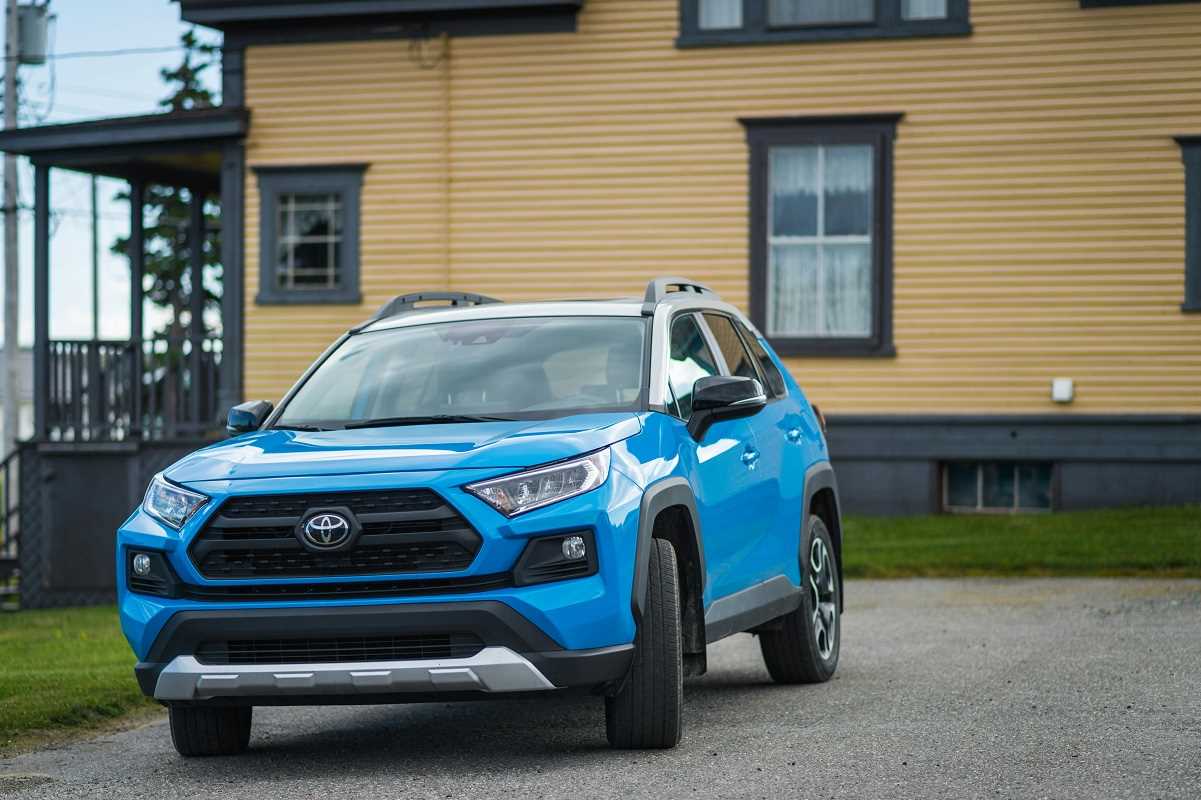The automotive industry is in the midst of a massive shift, with electric vehicles (EVs) leading the charge toward a more sustainable future. A new and exciting evolution of this technology is beginning to capture the imagination of drivers everywhere: the solar-powered car. This innovation integrates photovoltaic cells directly into the body of the vehicle, allowing it to generate its own clean energy from sunlight. Several companies are actively developing and launching cars that can supplement their battery power with the sun. This technology promises to reduce our reliance on the grid, extend driving range, and push the boundaries of what we thought was possible for personal transportation.
How Solar Car Technology Works
The fundamental idea behind a solar-powered car is elegantly simple: use the sun's energy to power the vehicle. In practice, this involves integrating highly efficient solar panels into the car's exterior surfaces, such as the roof, hood, and trunk. These photovoltaic (PV) cells capture photons from sunlight and convert them into electrical energy. This energy is then used to either directly power the car's electric motor or, more commonly, to trickle-charge the main battery pack.
This process offers a significant advantage over traditional EVs, which are entirely dependent on the electrical grid for charging. A solar electric vehicle (SEV) can generate power while it is parked outside at work, sitting in a driveway, or even while driving on a sunny day. This passive charging reduces the need for frequent plug-in sessions and can add a meaningful amount of driving range over time, all without any cost or carbon emissions. The technology is a fusion of automotive engineering and renewable energy science, creating a vehicle that is a small, mobile power plant on wheels.
Key Players and Groundbreaking Models
Several innovative companies are turning the concept of solar cars into a reality. Their approaches and designs vary, but they all share the common goal of harnessing solar energy to create more efficient and independent electric vehicles.
Lightyear 0: The Dutch company Lightyear made headlines with its flagship model, the Lightyear 0. This vehicle was designed with efficiency as its absolute top priority. Its incredibly aerodynamic, teardrop shape and low-rolling-resistance tires were engineered to use as little energy as possible. The car was covered in five square meters of double-curved solar arrays, allowing it to add up to 43 miles of range per day from sunlight alone under ideal conditions. The company claimed that for drivers with shorter daily commutes in sunny climates, the car could go for months without needing to be plugged in. Though the initial production was limited, the Lightyear 0 demonstrated the incredible potential of a holistic, efficiency-first approach to solar mobility.
Sono Sion: The German startup Sono Motors took a more accessible approach with its Sion model. The Sion was a practical, family-friendly vehicle designed for the mass market. Its most distinctive feature was the integration of 456 solar half-cells seamlessly into its entire body, including the doors and fenders. This design was intended to generate enough solar energy to add an average of 70 miles of range per week, with a potential for up to 150 miles in peak summer conditions. The Sion was also designed with vehicle-to-grid capabilities, allowing it to act as a mobile battery to power external devices or even feed energy back into a home.
Aptera: One of the most radical and futuristic designs comes from the American company Aptera. This three-wheeled, two-seater vehicle looks more like a small aircraft than a car. Its lightweight, carbon-fiber body is aerodynamically optimized to an extreme degree, allowing it to travel with minimal energy consumption. Aptera's "Never Charge" technology aims to integrate enough solar panels to provide up to 40 miles of solar-powered range per day. The company projects that for the average driver, this would eliminate the need for plug-in charging for most daily use.
The Real-World Benefits for Drivers
The advantages of solar-powered cars extend beyond their futuristic appeal. They offer practical benefits that can make EV ownership more convenient and affordable.
Extended Driving Range: Range anxiety remains a concern for many potential EV buyers. Solar panels provide a constant, low-level charge that can help mitigate this. The extra miles gained from the sun each day can make the difference between needing to find a public charger on a long trip and comfortably reaching your destination. This "free" range reduces the load on the main battery, potentially extending its overall lifespan.
Reduced Charging Costs and Grid Reliance: Every mile powered by the sun means one less mile you have to pay for with electricity from the grid. Over the lifetime of the vehicle, this can add up to significant savings on energy costs. For those who generate their own residential solar power, a solar car completes the clean energy ecosystem, allowing for true energy independence. You can power your home and your car directly from the sun.
Environmental Impact: The most profound benefit is, of course, environmental. Solar cars reduce the carbon footprint of transportation even further. By generating their own clean power, they decrease the demand on electrical grids, which may still rely on fossil fuels for a portion of their energy production. This makes solar cars one of the purest forms of green transportation available.
Challenges and the Road Ahead
The path to mass adoption of solar cars is not without its obstacles. The current efficiency of solar panels means they cannot yet be the sole power source for a typical car under all driving conditions. The amount of energy generated depends heavily on weather, time of day, and geographic location. Drivers in cloudy climates will see significantly less benefit than those in sunny regions.
Furthermore, integrating solar panels into a car's body adds cost and complexity to the manufacturing process. These panels must be durable enough to withstand the rigors of the road, including impacts from debris and harsh weather conditions.
Despite these challenges, the technology is rapidly improving. The efficiency of photovoltaic cells is constantly increasing, and new materials are making them more durable and flexible. As the cost of both solar and battery technology continues to fall, the economic case for solar-powered cars will only get stronger. In the near future, we are more likely to see solar panels become a premium feature on a wide range of electric vehicles, rather than a niche product. This solar integration will serve as a range extender and an efficiency booster, making all EVs a little greener and more independent. This technology represents a brilliant and logical next step in our journey toward a truly sustainable automotive future.
 (Image source: Lotus)
(Image source: Lotus) 




